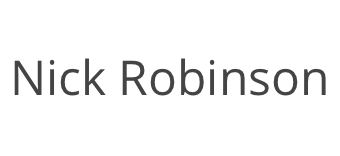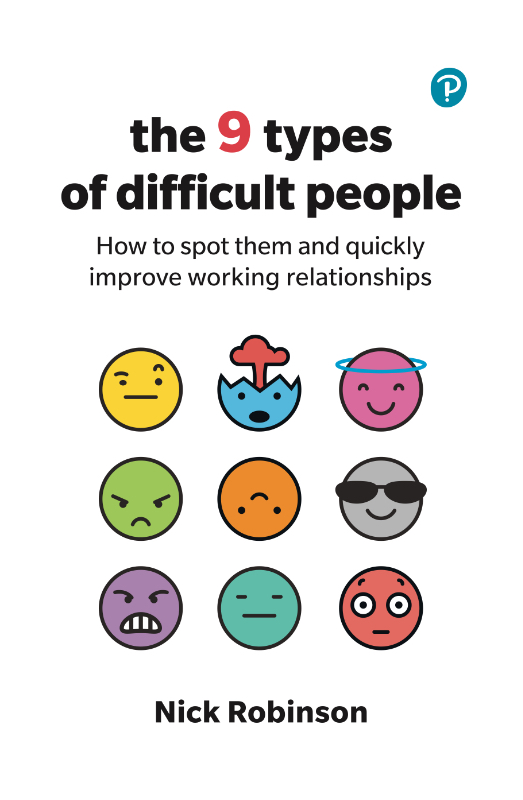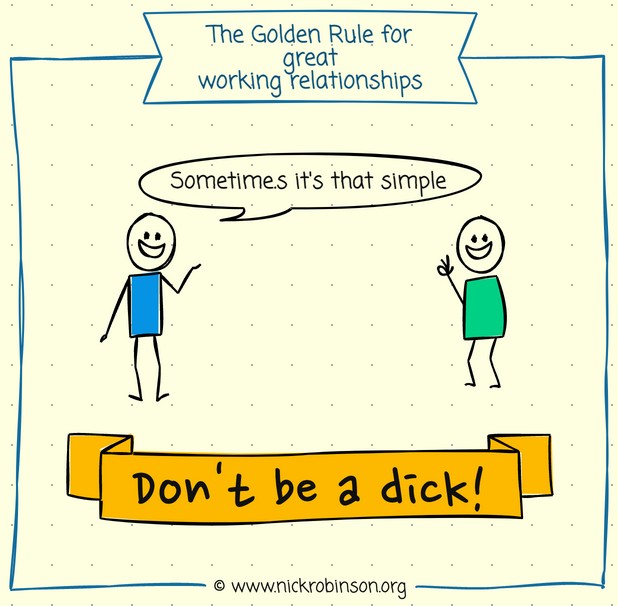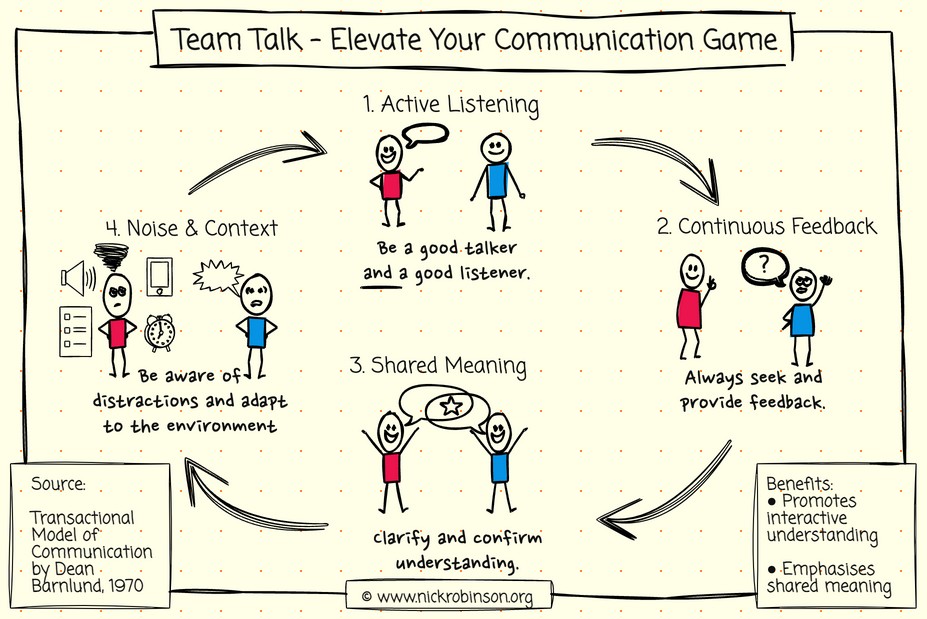Equip yourself to manage difficult conversations at work effectively and compassionately with this comprehensive step-by-step guide
Laying the Groundwork
Managing challenging conversations at work is a fundamental part of being a successful leader.
Why? Because it’s necessary for setting and maintaining behavioural standards, which in turn contribute to the happiness and effectiveness of your team.
The Imperative of Managing Difficult Conversations
Ignoring or tolerating unacceptable behaviours isn’t an option, as it inadvertently lowers the bar and breeds a culture of tolerance towards such behaviour.
However, let’s face it – conversations like these are never easy, especially for those of us who are sensitive to the needs and feelings of others.
But it’s important to understand that the lack of setting boundaries and calling out unacceptable behaviours often comes with a cost.
Making a Practical Difference
Here’s the good news – this guide aims to equip you with the framework needed to manage difficult conversations effectively and compassionately.
It will help you to deal with these issues in a manner that both respects your team members and protects the standards and values you wish to uphold in your workspace.
Here are the steps to take …
1. Preparation
Good preparation is the cornerstone of effective conversation
You need to come to the conversation well-prepared – gather your facts, identify your desired outcomes, and anticipate potential responses or issues. This level of preparation helps you address the situation confidently and objectively.
- Example: If you’re discussing frequent lateness, prepare by documenting specific instances and how they have affected the team or project.
2. Location
The setting of your conversation can significantly impact its outcome
Choose a quiet, private space that is free from distractions. The right location can foster a conducive environment for a challenging conversation, making the other person more comfortable and receptive.
- For example, a private meeting room is often more suitable than a bustling coffee shop for these discussions.
3. Role-Model Behaviours
Embody the professional standards you expect from others
Exhibit the behaviours you want to see in your team members, such as professionalism, composure, and positivity. Your attitude sets the tone for the conversation.
- Example: Approaching the conversation calmly and professionally, regardless of the issue at hand, will encourage the same level of respect from your colleague.
4. Use Specific Examples
Clear, specific examples are crucial in addressing problem behaviours or poor performance
Avoid generalisations like, “You always do X.” Instead, provide concrete instances of the problematic behaviour. This approach enables the person to understand the exact issue.
- Example: Instead of saying, “You’re always late,” say, “You arrived late for the team meetings on these specific dates, which caused us to delay our project discussions.”
5. Positive Illustrations
Offer a vision of improved behaviour or performance
After addressing the issue, provide examples of what improved behaviour looks like. This step helps to steer the conversation towards a more positive and constructive tone.
- Example: You could say, ”In future, we would appreciate it if you arrived five minutes before our scheduled meetings to ensure we start on time.”
6. Agree a Plan
Set a clear and agreed-upon action plan and consequences
Create a joint action plan that specifies what needs to change, when, and how you will follow up. Explain what will happen if things don’t change. This establishes clear expectations and a mutual understanding.
- Example: You might agree that the person will make an effort to arrive early for meetings, and you will check-in after a month to assess progress. Explain the consequences if this doesn’t happen.
7. Offer Support
Identify the support they might need from you
Ask what help they might need from you to implement these changes. Commit to providing the necessary support, demonstrating your investment in their improvement.
- Example: If your team member is struggling with workloadmanagement, you might offer to help them prioritise tasks.
8. Going Deeper
Let’s dig a bit deeper. Consider your personal factors in handling difficult conversations. Who are your allies in this? What additional tools or resources might be helpful for you? Reflect on why it’s important for you to have this conversation.
Understanding the personal implications of these discussions can increase your resolve to address the issues and strengthen your ability to manage them effectively.
The Power of Effective Conversations
Tackling difficult conversations is a necessary challenge that every professional will face. The framework provided in this guide is designed to help you navigate these conversations with confidence, respect, and clarity.
Remember, your ability to manage challenging discussions effectively is not just about resolving issues— it’s about promoting a positive, respectful, and high-standard culture within your workspace.
Next Steps
Do you have a difficult conversation on the horizon? Don’t face it alone. Get in touch to discuss how you can prepare for and manage the conversation effectively, ensuring a positive outcome for both you and your team.



 Nick Robinson
Nick Robinson




